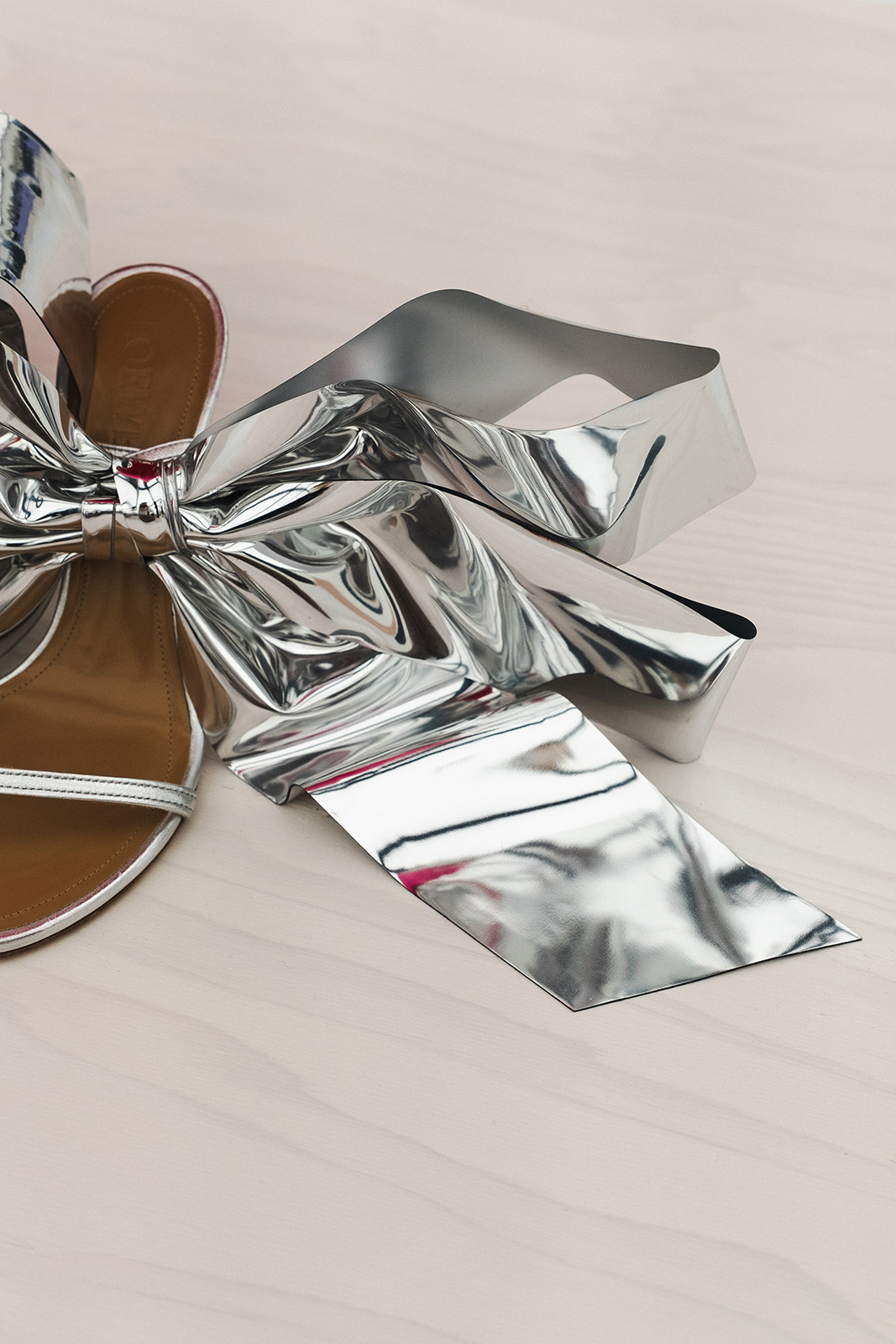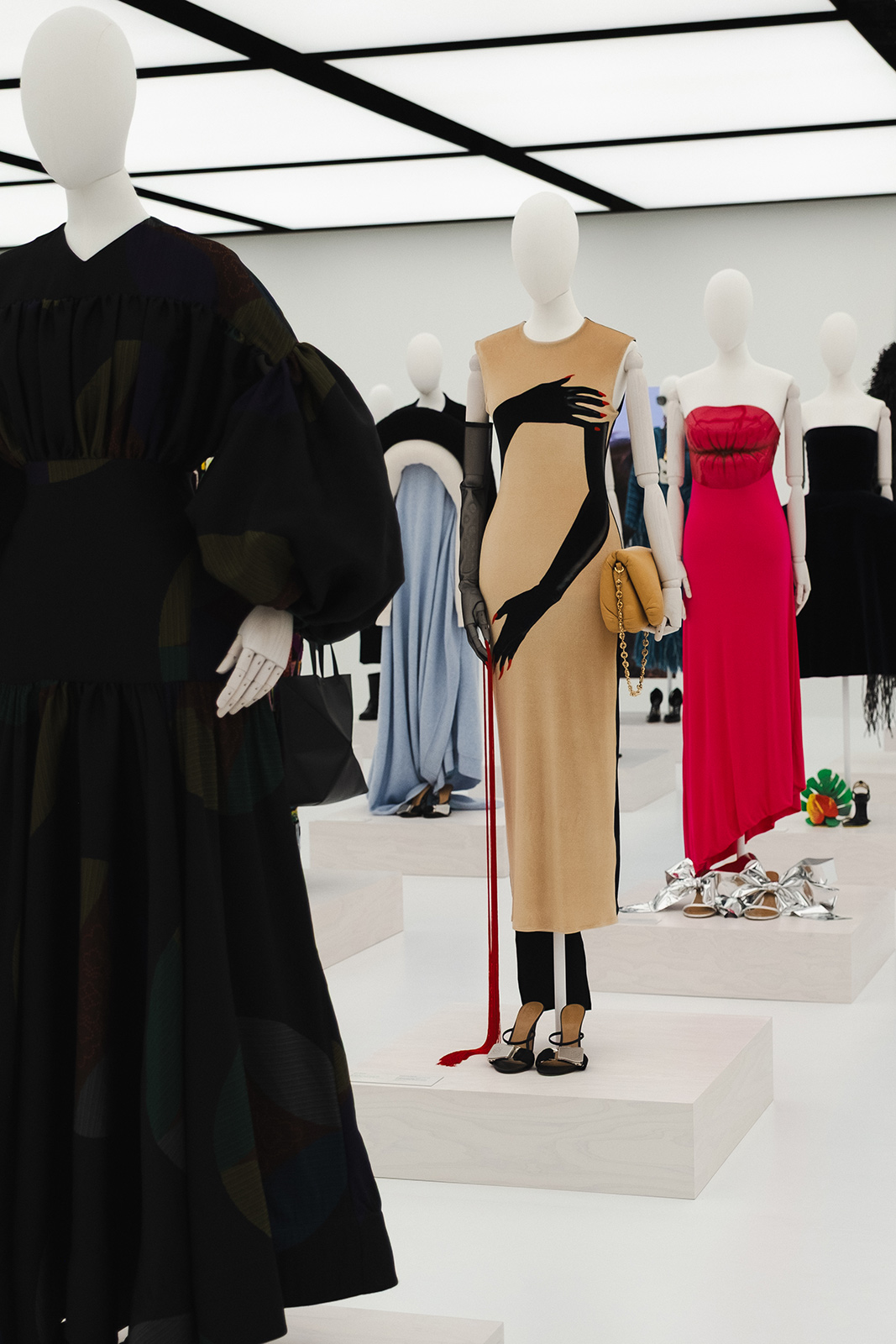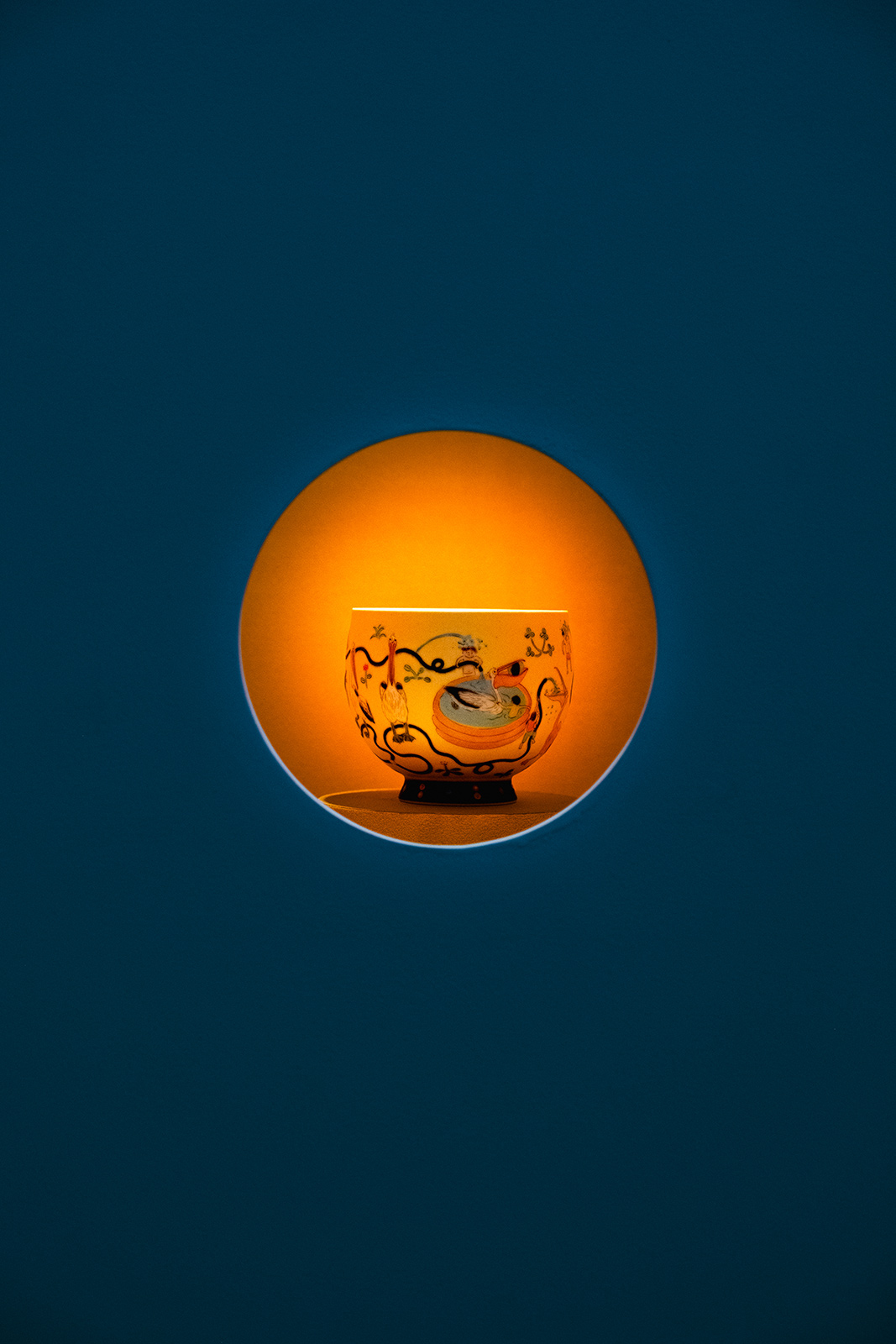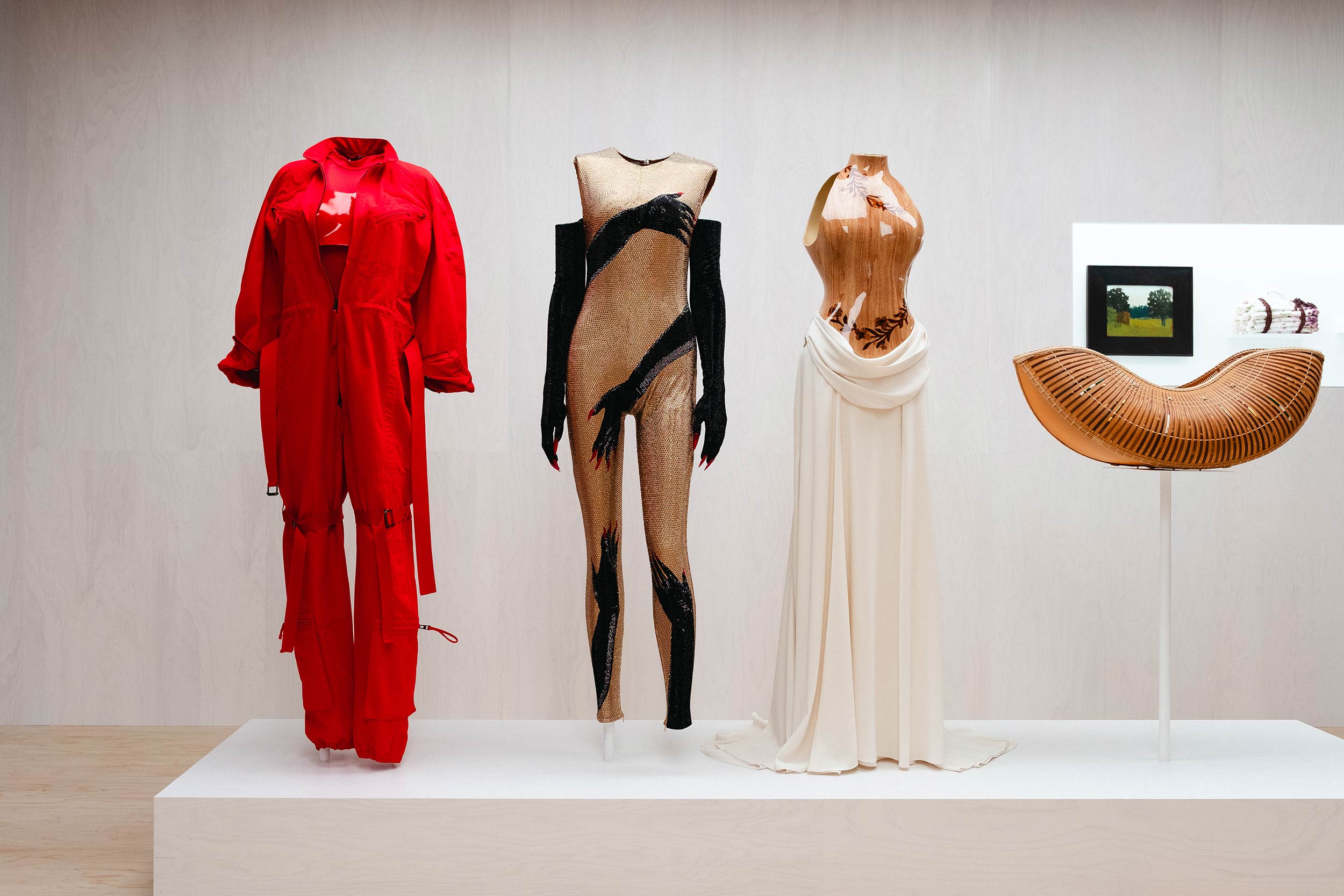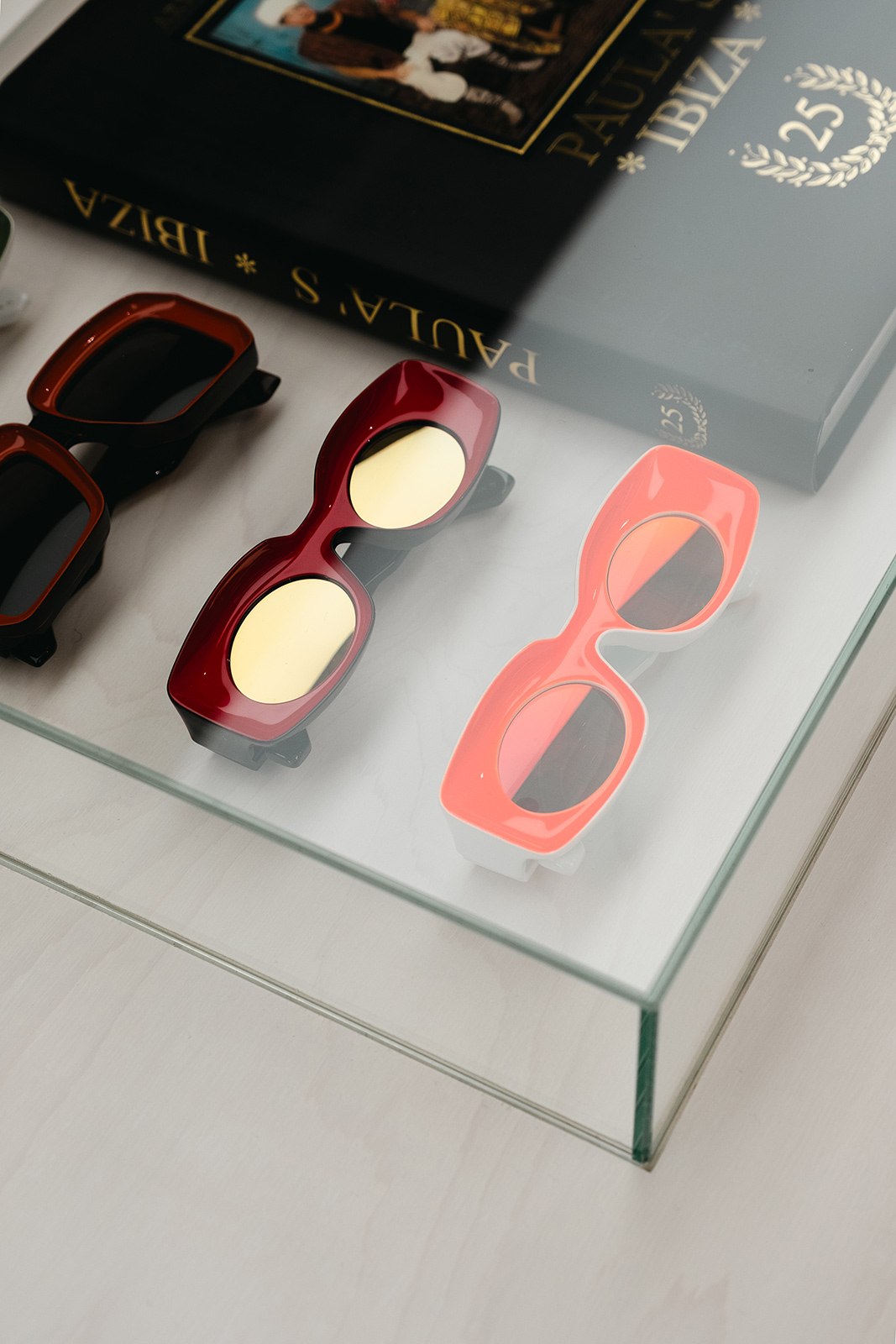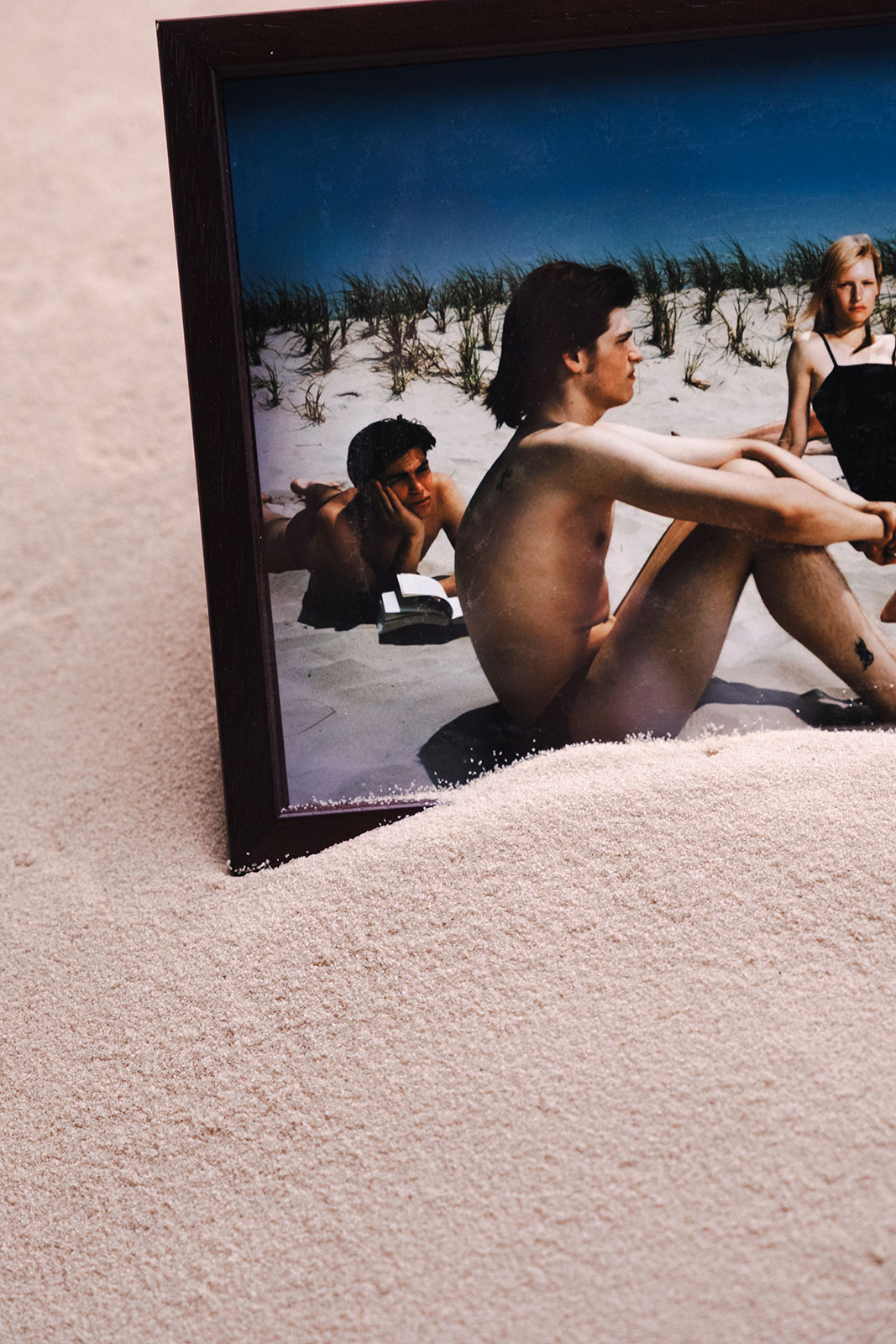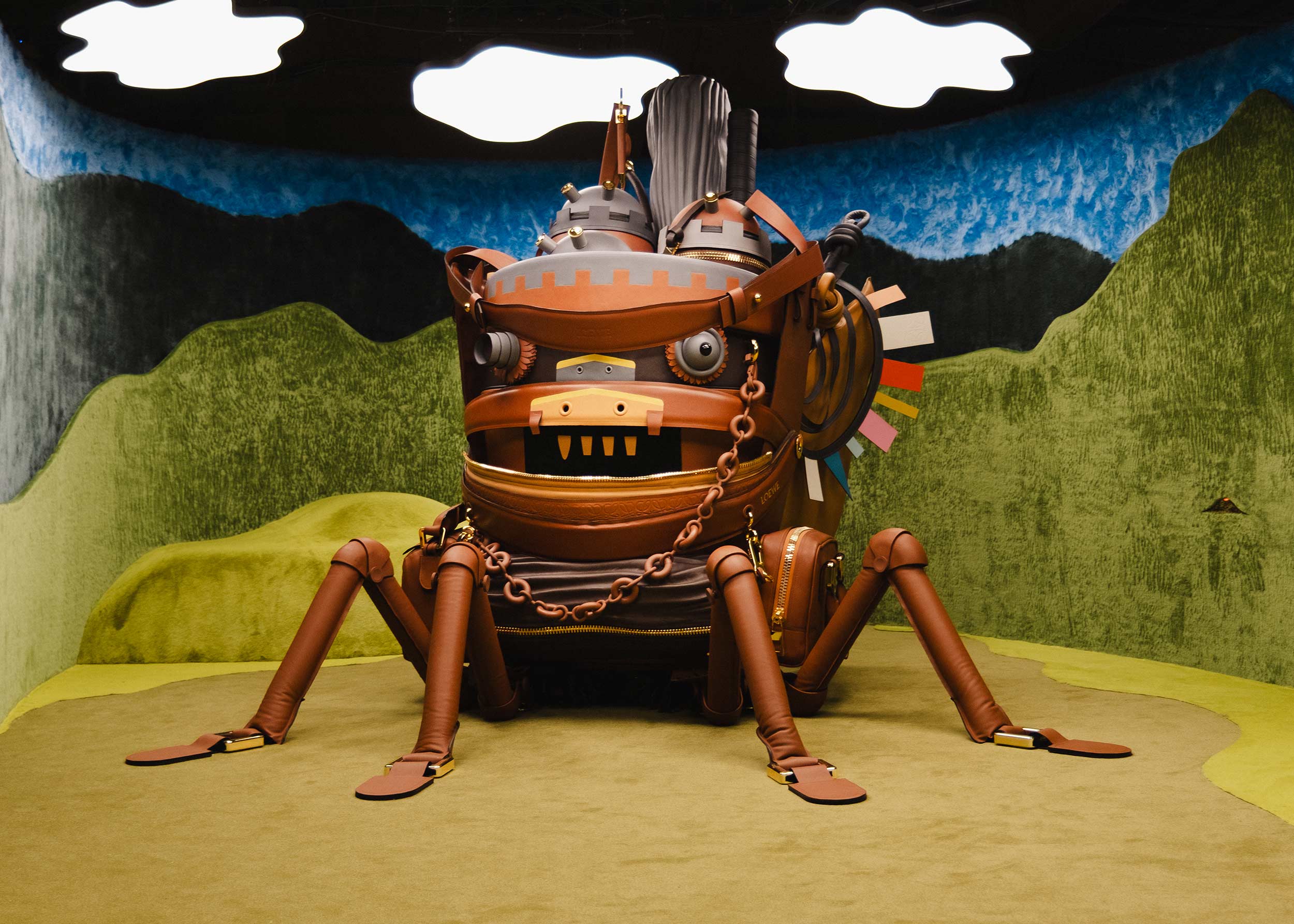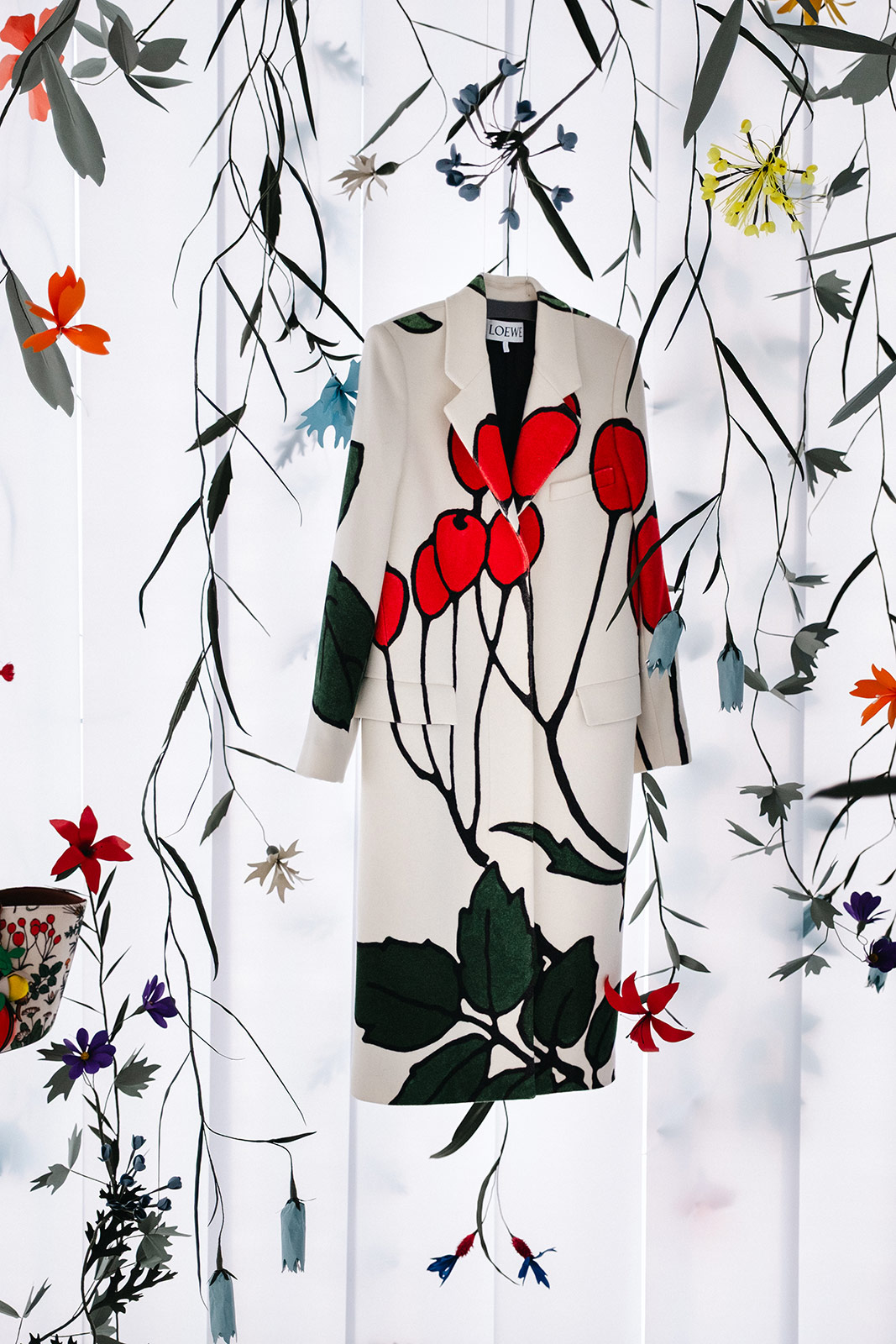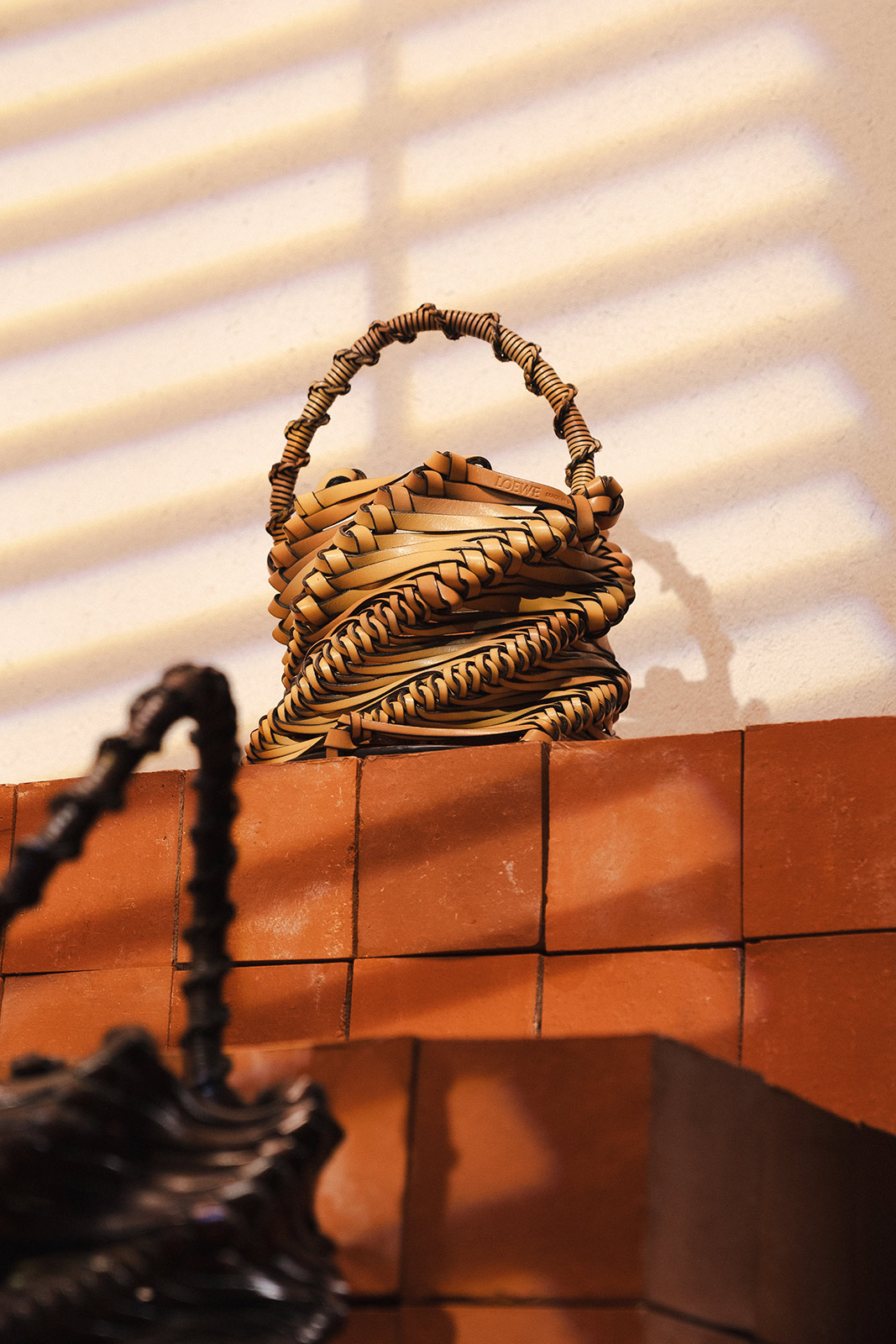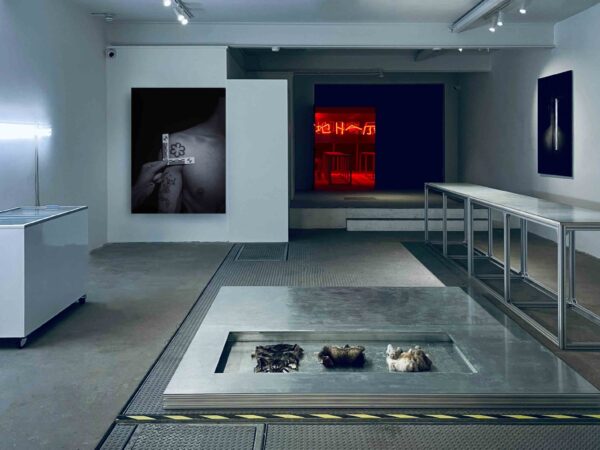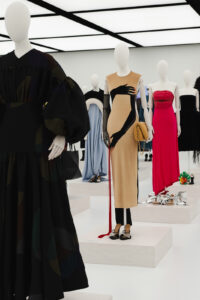From leather atelier to global luxury brand, the exhibition traces the house’s evolution while honoring Japanese craft traditions and marking a creative turning point
How does a company evolve from a discreet leathermaking collective to a brand, then from a brand to a creative world? This is the central question for Loewe’s Crafted World, the exhibition by the Spanish luxury fashion house which opened in Tokyo’s Harajuku district on March 29. Running through late May, Crafted World celebrates Loewe’s “idiosyncratic sense of play,” presenting ready-to-wear and accessories in the context of the atelier from which they originate, alongside the comprehensive work and broader history of the Loewe Foundation. One-brand fashion exhibitions can often lack depth and a reason for being, especially when staged by the brand itself, yet by grounding its objects in a sense of place, and by immaculate presentation, Crafted World transcends pseudo-intellectualism to arrive at something more unexpected: a genuine portrait of craft and the hands behind it.
Crafted World is, in essence, an amalgam of the heart and mind of Loewe. The exhibition traces a journey through history, featuring Loewe’s leather goods and ready-to-wear from past decades alongside pieces from the Craft Prize, the brand’s annual global competition for craftspeople and artisans, and supporting artworks from the brand’s personal collection. The exhibit’s first rooms balance Loewe’s past and present as a cultural fixture, showcasing some of former creative director Jonathan Anderson’s custom looks for celebrity talent, including the iconic gold bodysuit worn by Beyoncé during her Renaissance tour and Rihanna’s red bodice-meets-jumpsuit ensemble from the 2024 Super Bowl. The next section of the exhibition offers an intimate look into Loewe ateliers, with displays dedicated to fabric selection, cutting, and testing. Hypnotic and oddly soothing demonstrations reveal how individual leather pieces and finished bags are pulled, thrown, and rocked by mechanical arms to test durability and form. OMA also worked with the brand to curate Craft Prize entrants and winners suited to the Japanese setting. Standouts include Tomonari Hashimoto’s untitled stoneware cube (a 2022 finalist) and Genta Ishizuka’s Surface Tactility #11, a sculpture created using Urushi, a Japanese lacquer. Visitors should not miss the video dedicated to the Loewe Foundation’s interaction with Kyoto-based artisan Onishi Seiwemon, where the Foundation has, as described in the exhibition, “established a bespoke six-year funding programme to support the Kama tea kettle master craftsman,” furthering a tradition that has existed in the Onishi family for over four centuries.
Tokyo was selected as the latest home for Crafted World, which first launched in Shanghai in 2024. Designed in collaboration with architecture firm OMA, the exhibition’s loose journey is detailed over a sprawling exhibition space. Japan holds particular significance for the house, maintaining ties that span commercial and creative spheres. The country was Loewe’s first international market in the 1980s. Today, Japan remains a key player in Loewe’s sales in the broader APAC zone. Japanese culture and creative traditions have also profoundly influenced Anderson’s vision. In a literal sense, Anderson created capsule collections featuring characters from Studio Ghibli films like My Neighbor Totoro. More abstractly, Japanese artforms such as origami have informed the shape and construction of signature pieces, as seen in the Puzzle Fold Tote, a bag designed to collapse along marked lines in the leather of its body.
Japan and Loewe also share a deep reverence for craft. The country arguably possesses one of the most well-documented heritages of craft in the world, with an immeasurably intricate landscape of artisans dedicated to preserving their niche skill sets over generations. Loewe began as a leatherhouse that produced made-to-order goods (with several examples in the exhibition, most notably an exploration-coded journal cover featuring a modular sheath for a knife) and, while other brands have obfuscated or made their ateliers discreet units, Loewe never shied away from centering their artisans in their brand narrative. This dedication to craft led to the formation of the Loewe Foundation in 1988. Currently led by the fifth-generation Sheila Loewe, the Foundation’s self-described central mission, according to their website, is to “promote creativity, educational programs, and safeguard heritage” across craft traditions.
Mrs. Loewe, now in her thirteenth year at the helm, developed her love for craft from a young age, telling Document that she adores work “done by Loewe’s hands, [their] artisans”. Her love for Japan is more than just that, it is a natural spiritual connection. “The connection has been, since the beginning, [very] important, because you can feel here what we want to support. Japan is one of the best examples of craft tradition,” she said. The conception of craft carries tremendous weight for the house, which, according to Sheila, holds craft “in the highest position” alongside art and design in a world that often relegates it to mere utility. “Sometimes it’s not easy to say, ‘This is craft’ or ‘This is art.’ We have examples in our Craft Prize where artists are shown at Frieze, in art fairs, in galleries. The hierarchy is not that clear between art and craft. And for me, craft has more to do with the maker—with his mind, his hand, his heart.”
This edition of Crafted World concludes with an unofficial yet resounding ode to Anderson, who stepped down from Loewe last month, now replaced by Proenza Schouler’s Jack McCollough and Lazaro Hernandez. The former creative director’s tenure was electric, made all the more remarkable by his ability to translate the house’s delicate Spanish codes despite his own inherent cultural distance as a Northern Irish designer—an impact Loewe celebrates wholeheartedly. He left behind an indelible mark, which the exhibition displays in a room featuring a seemingly infinite grid of full looks from his thirteen-year tenure, covering everything from the FW22 Car Dress to his signature use of the anthurium flower. Micro-rooms in the exhibition showcase his most iconic collaborations, including the aforementioned Studio Ghibli capsules, and Anderson’s profoundly queer sensibility, exemplified by his incorporation of American artist Joe Brainard’s work.
Rumors of Crafted World’s future swirled at the show’s press preview, held the day before its opening on March 27. While the exhibition’s concept is certainly evergreen, this edition marks an inflection point: the end of one chapter for the luxury fashion house and the beginning of another. As the broader fashion community speculates about Loewe’s next chapter, Crafted World underscores the mighty house’s creative legacy, by centering the focus on its atelier and further weaving its reputation for uncompromising craft.




